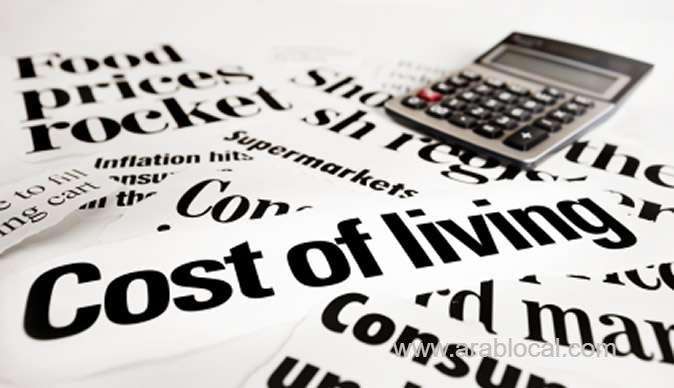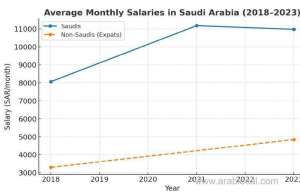Saudi Arabia’s credit to the private sector rose on a monthly basis for the first time in five months in January 2018 (+0.2% m-o-m; -1% y-o-y), while the bank claims to the public sector also increased.
On the other hand, deposits remained broadly unchanged on a sequential basis in January. POS spending (+4.3% y-o-y) grew at the slowest rate in seven months as implementation of VAT and fuel price hike resulted in more rationalized spending. Meanwhile, the SAMA reserves witnessed a monthly drop in January 2018 after climbing for the past three months, which may be attributable to the government’s investment activities. The Kingdom is likely planning to tap international bond market for the third straight year in order to finance the fiscal deficit as well as refinance the US$ 10bn sovereign loan (issued April 2016).
The Kingdom’s cost of living index (base year changed to 2013 from 2007) recorded a positive reading for the first time in almost a year in January 2018, owing to introduction of VAT and higher domestic gasoline prices.
Kingdom introduced the new bankruptcy law as part of the structural reforms carried out under Vision 2030. The law includes general regulations, preventive actions, measures for financial restructuring and settlement procedures. The move will help attract foreign direct investments in the Kingdom.
SAMA total reserves fell on a monthly basis in January 2018, after rising for three consecutive months (Figure 8 & 9). Meanwhile, the deposits remained broadly unchanged on a monthly basis (+1.2% y-o-y), whereas credit to the private sector rose 0.2% m-o-m in January (-1.0% y-o-y). Credit to the Building & Construction sector was down 14.9% y-o-y by the end of Q4 2017, while credit to the Transportation and Communications, and Commerce sectors was up 17.8% and 4.1%, respectively. Government reserves with SAMA stood at SAR 615.8bn (including Government current account) as of January 2018, recording a monthly fall of 4.0%.
Banking sector profits dropped 4.3% y-o-y to SAR 4,167mn in January 2018. On a monthly basis, the banking sector profits jumped 60.7% in the same month (Figure 15). Money Supply (M3) jumped 1.4% y-o-y in January 2018 to SAR1,794.7bn, compared to the annual rise of 0.2% in the previous month, supported by the rise in M1. On a sequential basis, M3 rose for the third month in a row in January 2018.
Kingdom raised SAR 7.22bn in February through domestic sukuk issuance under its local currency sukuk program. The government raised SAR 5.37bn of 5 year bonds, SAR 1.70bn of 7 year bonds and SAR 150mn of 10 year bonds. Point-of-sale (POS) transaction rose, albeit at a slower pace of 4.3% y-o-y in January 2018, down from the rise of 28.1% y-o-y last month. ATM transactions climbed by 1.8% y-o-y in January 2018 compared to the rise of 2.4% y-o-y in the previous month.
Index of Industrial Production (IIP) climbed by 3.06% q-o-q in Q3 2017, backed by the rise in ‘Mining and Quarrying’ sector (~74.3% of the total index). The index has witnessed a steady rise for the first three quarters of 2017. Remittances by Saudi nationals rose by 24.7% y-o-y in January 2017, whereas remittances by non-Saudi nationals fell by 17.7 y-o-y for the same period.
Crude oil prices (Brent April futures contract) dropped 5.6% m-o-m in February 2018, owing to concerns over the rise in US shale oil production. Meanwhile, Saudi Arabia’s crude oil production grew on a sequential basis in January 2018 after dropping for the past two months.
Kingdom’s non-oil exports rose by 18.2% y-o-y in November 2017 (+13.1% y-o-y in October 2017), whereas the non-oil imports fell by 8.2% y-o-y in November 2017 (+2.3% y-o-y in October 2017). Cost of living index (base year changed to 2013 from 2007) entered the positive territory for the first time in almost a year in January 2018 at +3.0% y-o-y, due to the introduction of VAT and the rise in domestic gasoline prices. On a monthly basis, the index rose by 3.9% in January 2018 as against the rise of 0.3% m-o-m in December 2017.
SOURCE : SAUDIGAZETTE




